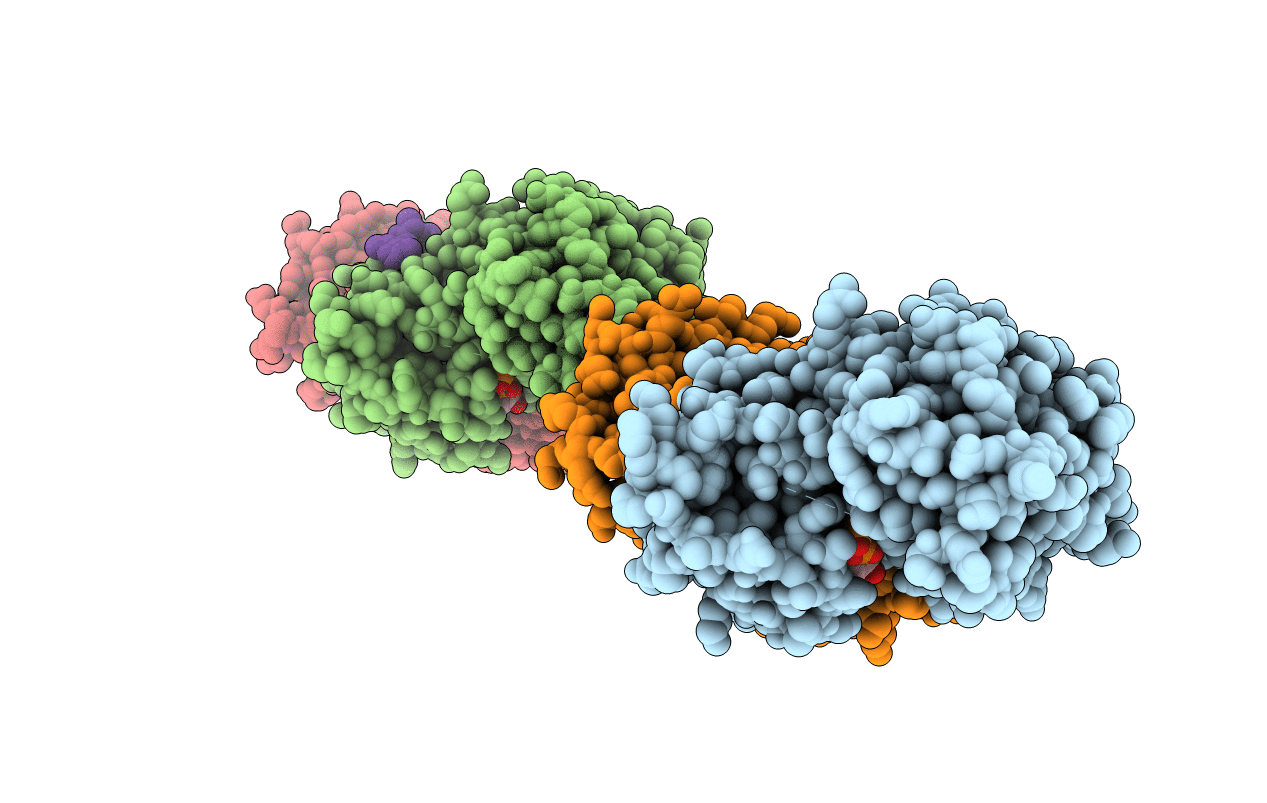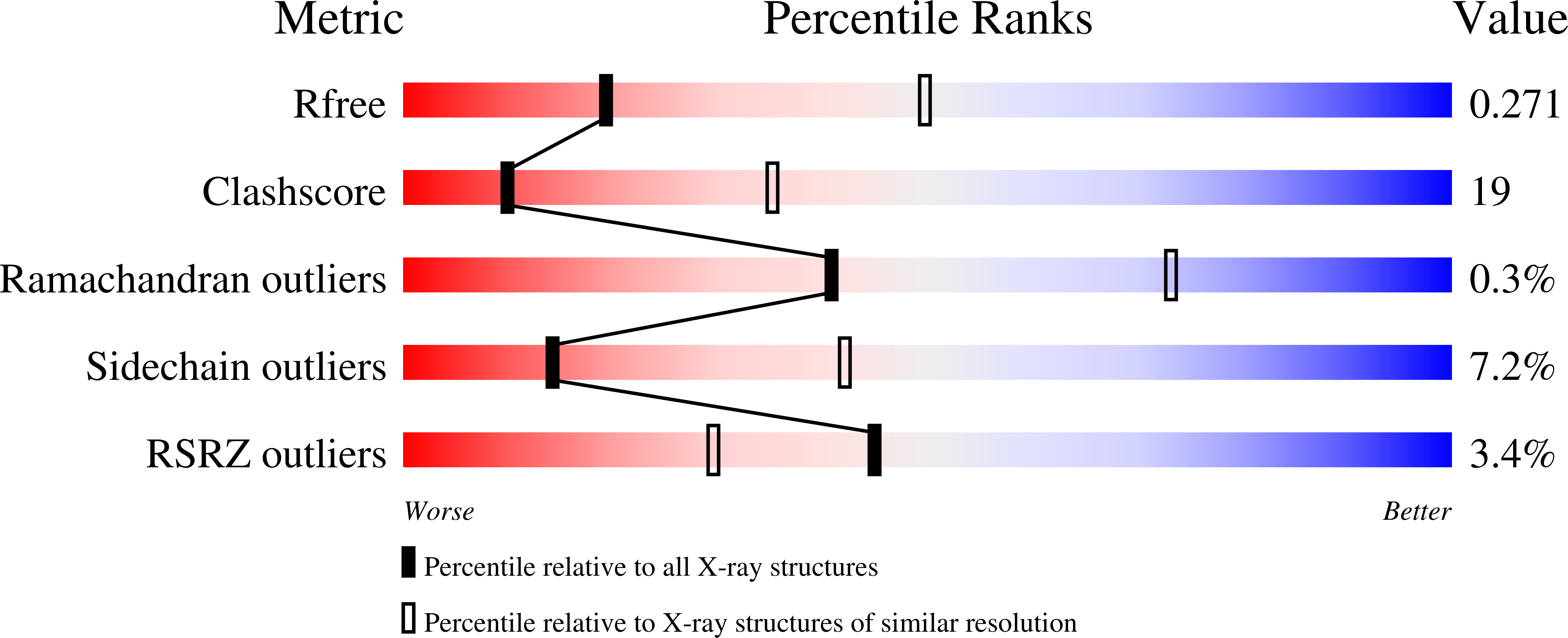
Deposition Date
2009-03-27
Release Date
2009-07-21
Last Version Date
2024-02-21
Entry Detail
PDB ID:
3GT8
Keywords:
Title:
Crystal structure of the inactive EGFR kinase domain in complex with AMP-PNP
Biological Source:
Source Organism:
Homo sapiens (Taxon ID: 9606)
Host Organism:
Method Details:
Experimental Method:
Resolution:
2.96 Å
R-Value Free:
0.27
R-Value Work:
0.21
R-Value Observed:
0.21
Space Group:
P 1 21 1


